#anthropologist
Text
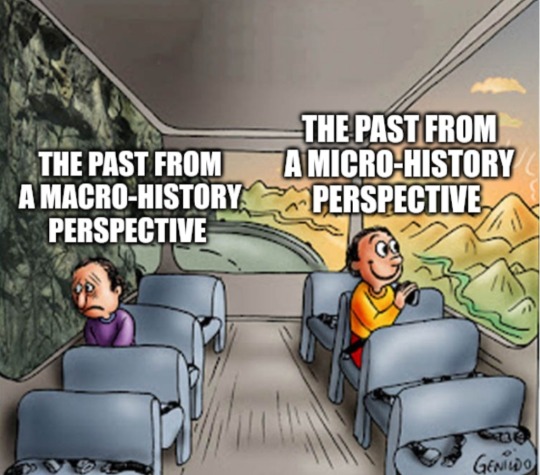
Letting my anthropologist side show
#anthropology#anthropologist#history#historical anthropology#archeology#reading Microhistories by Giovanni Levi rn#and it shows
1K notes
·
View notes
Text
Review of The Horse, the Wheel, and Language: How Bronze-Age Riders from the Eurasian Steppes Shaped the Modern World by David W. Anthony

I will be upfront, it is a very technical book. If you are not well versed in the anthropological categorizing of cultures and time periods of the areas being discussed it can be very difficult to keep up with the more finite points the author is making. That being said, I had never heard of any of the specific cultures being discussed in the Danube Valley and was still able to enjoy this book and its well put together analysis of various aspects of language, culture, technological developments and shifts in behaviors and place.
If you are especially interested in any of the major themes this book discusses (which is in all honesty is an extensive list including but not limited to; the development of Indo-European language, the time periods and locations as well as likely motivation for domestication of various livestock types, the cultural effects of technological developments on the peoples of the Eurasian Steppes and their migration/trading patterns) I do highly recommend. It is heavy reading but extremely illuminating.
#The horse the wheel and language#David W Anthony#historical anthropology#anthropologist#anthropology#ancient languages#language#historical linguistics#linguistics#proto indo european#indo european#steppes#eurasian#eurasian steppe#horse#horses#husbandry#burials#Cattle#sheep#book review
158 notes
·
View notes
Text
I don't usually liveblog but Rae being an Anthropologist nerding out over a new culture is making me so so happy -
My anthropologist self feels so seen -
EDIT/ADDITION: I AM SO SO CALM ACTUALLY THIS IS SO FUN ??!?
Ahem. I mean.
Okay so I am an anthropologist, minor in archaeology. Like that is my whole thing. I have never seen a well-done anthropologist in fiction.
AND THEN THERE IS RAE FJUCKING MORNINGSTAR ACTING EXACTLY LIKE ME AND MY ANTHRO FRIENDS DO IN SEMINARS /vvvpos ?!?!? EXCUSE ME???
Ahm. So calm /j
In all seriousnes though, this stream is so fun, I am genuinely feeling quite represented and this is so relatable and I am just happy rn.
Yes.
#fable smp#fablesmp#rae morningstar#fable smp rae#liveblogging#anthropologist#anthropology#i have never seen a fictional anthropologist be this accurate and I am so happy about it -
87 notes
·
View notes
Text

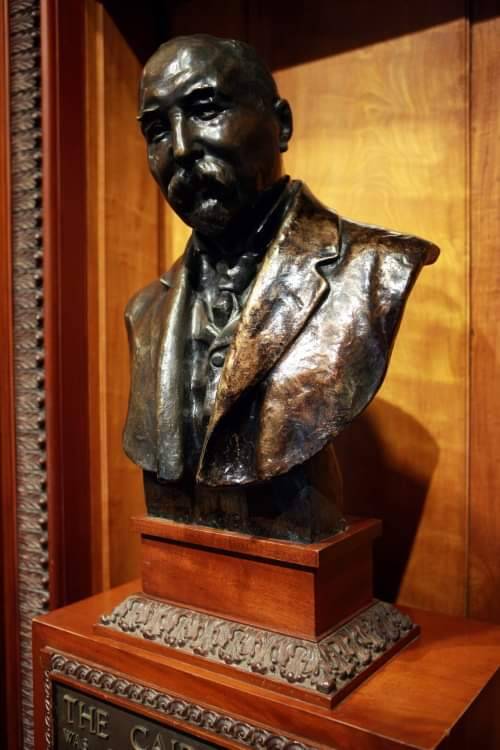
James Key Caird, Scottish jute baron and mathematician was born January 7th 1837 in Dundee.
Many of you outwith Dundee might not know of James Caird, but Dundee's Jute baron amassed a fortune through the jute trade in the city and donated up to £100,000 for the building of a new City Hall and Council Chamber that beares his name, Caird Hall, of which I took and posted pics of last week.
Caird was the son of linen and jute manufacturer Edward Caird. He was to become one of the city's most successful entrepreneurs, who used the latest technology in his jute mills. Established by his father in 1832, the Ashton Mill was located in the Hawkhill district of Dundee. Caird rebuilt it in 1876, and extended it in 1887 and 1908. He bought the Craigie Mill on Arbroath Road in 1905. Between his two mills, he employed around 2000 workers.
Having grown enormously wealthy, Caird became a generous benefactor. He gave substantial sums to extend the Dundee Royal Infirmary and gifted both the aforementioned Caird Hall, which dominates City Square, and Caird Park in the north of the city. The Marryat Hall, gifted by his sister Mrs Emma Grace Marryat, links to the Caird Hall.
Beyond Dundee, he funded the Insect House at London Zoo and paid for ambulances for use in the Balkan Wars . Caird also funded Sir Ernest Shackleton's Antarctic expedition of 1914-16, and Shackleton's boat was named in his honour, as was the Caird Coast of the Weddell Sea.
Caird was knighted in 1913 and was awarded an honorary degree by the University of St. Andrews. Becoming a recluse in his latter years, he died at his country seat, Belmont Castle near Meigle, and was buried next to his father in Dean Cemetery in Edinburgh.
He left money which was eventually used to purchase Camperdown Park for the city.
15 notes
·
View notes
Text
Ethnocentrism
-- assumption that one's own culture is correct or superior
-- other ways of living are seen as wrong or ignorant
-- combated by cultural relativism
.
Patreon
#studyblr#notes#my notes#anthropologist#anthropology#anthropology notes#cultural anthropology#ethnography#culture#sociology#ethnography notes#sociology notes#cultural anthropology notes#anthropology studyblr#world cultures#social science#science#scienceblr#social psychology#social sciences#note cards#diversity#humans#human behavior
9 notes
·
View notes
Text
How Climate Change is threatening Culture's Worldwide
NO.1
Mass relocations are a thing that is set to happen thanks to climate change. And as more natural disasters happen that circuits the need for climate change education, more doomsday scenarios appear instead of healthy solutions to help save the planet--with the water rising from melting ice caps, it is destroying island and southern communities, and producing record number droughts in different sides of the planet. Why then does the media frame climate change as something inevitable, and how does that produce apathy, not just in regular people, but in these companies as well?

NO. 2
The research about climate change is all about education; informing the public about counter-options to reduce carbon levels in the air. I know this could benefit one person, if not the whole group, and that is what’s important. So how do we define apathy toward climate change? Well, the definition of apathy first is a lack of feeling or emotion towards something. It is based on a variety of subjects, like race, sex, education, age, food, culture, groups of people, etc. How does apathy relate to other negative concepts like indifference, and how are those emotions dangerous? ‘’How does apathy come to exist? Through ignorance of a toxic and uncoordinated action. Framing is used as an institution and illustrates how it shapes media framing in a toxic event. Even in systems who are supposed to help the average person, are people seen to have a ‘tendency to behave in accordance with what they see as being in their own interests.’’

NO. 3
From “Climate Change and Planned Relocation in Oceania.” Sicherheit Und Frieden (S+F) / Security and Peace, vol. 34, no. 1, 2016, pp. 60–65: ‘‘The sinking islands have become a symbol of the consequences of manmade global warming. The foreshadowing of climate change-related environments and social developments that will affect other parts of the world sooner rather than later. In the current academic and political discourse, migration figures prominently among the social effects of climate change, and climate change-induced migration-conflict nexus, and research and findings have become ever more complex and sophisticated, trying disentangle the ‘long and uncertain casual chains from climate change to social consequences like conflict.’’
undefined
youtube
NO. 4
In conclusion, the Guna Yala tribe will not be the last island community to relocate because of the rising sea level, thanks to climate change. In fact, billions of people are going to be fleeing, and forced to relocate because of the threatening climate, and the United Nations Framework Convention for Climate Change understands (UNFCCC). From Climate Change and Planned Relocation: HOW CLIMATE RESETTLEMENT CAN WORK FOR COMMUNITIES. Danish Institute for International Studies, 2017: Entire cultures and societies will have to cope with the ‘‘ability to foster broader resilience-oriented solutions driven by the livelihood needs and strategies of the communities in question. When relocation is found to be necessary, [like in the Guna Yala tribe’s case], it should be approached as an expansion of existing livelihood strategies and mobility patterns, not an end to them.’’
#climatechange#classism#race#race in media#relocations#climate#apathy#panama#news#sociology theories#anthropology#anthropologistexplains#anthropologist#society#culture#culturaltopics#climaterelocations#Youtube
65 notes
·
View notes
Text
y’all my anthropology class is about to read “Body Rituals Among the Nacirema” i am so hyped right now
#tumblr brainrot#anthropology#college#college life#nacirema#anthropologist#body rituals among the nacirema#college course
23 notes
·
View notes
Text
https://forms.gle/BSEPHAEE1Xz6f4VB9
Attention fellow fandom enjoyers! I have made a form to gather info on how fandoms are impacted by alternate universes, or aus! If you filled this out, it would greatly help my research!
#fandom anthropology#anthropologist#anthropology#fandom#fandoms#fandom studies#fandom analysis#fandom history#fandom culture#fandom study#fan culture#internet culture#au#aus#alternate universe
41 notes
·
View notes
Photo

Luiz Mott
Gender: Male
Sexuality: Gay
DOB: 6 May 1946
Ethnicity: White - Brazilian
Occupation: Anthropologist, historian, writer, activist, professor
#Luiz Mott#lgbt#lgbtq#lgbt people#mlm#male#gay#1946#white#brazilian#Anthropologist#scientist#historian#writer#activist#teacher
52 notes
·
View notes
Text
Unsung Native Collaborators in Anthropology

by Amrina Rosyada
GROWING UP A BROWN girl and aspiring anthropologist, my idea of success was represented by a gallery full of White scholars. It was in the stern face of U.S. anthropologist Margaret Mead, braving her way across the Pacific Ocean on route to Samoa. It was in cultural anthropologist Clifford Geertz’s crazy hair, flailing as he ran away from the Balinese cops who raided an illegal cockfight he took part in.
Flipping through the browned pages of a history of anthropology book in college, I could not find any mention of a non-White ethnographer. The book focused only on the founding figures, making it sound like they built anthropology singlehandedly with just their own intellect, perseverance, pens, and notebooks.
"Madé Kalér might only be mentioned briefly in Mead’s work, but he wrote more than 500 Balinese texts to supplement Mead’s notes."
The careers of iconic anthropologists are well-documented. But for many anthropologists, research involves the meticulous labor of translators, cultural interpreters, and research assistants who help them understand the world better. And very little is known about these collaborators of color who helped make anthropologists’ research successful.
Not many recognize the name Ali bin Usmus, a Javanese collaborator who U.S. anthropologist Cora Du Bois called a protector, mentor, and friend. Few are familiar with Muchona “the Hornet,” a man with unparalleled knowledge of Ndembu medicine plants and rituals who served as Scottish anthropologist Victor Turner’s “interpreter of religion” in Northern Rhodesia (now Zambia).
Despite their significant contributions, people like bin Usmus and Muchona are still regarded as insignificant figures.
As an Indonesian anthropologist-in-training trying to find my place in history, I ask: Who stood behind the success of famous White anthropologists? And how did those people contribute to these researchers’ achievements?
The archival work I conducted for my research project in 2021 led me to investigate the lives and contributions of native research partners who worked for the United States’ most celebrated anthropologists: Franz Boas and Margaret Mead. Tucked between footnotes and piles of archives, the names George Hunt and I Madé Kalér might not be as star-studded as their employers’, but they contributed tremendously to the world’s anthropological knowledge.
This essay is a refusal of their forgetting.
READ MORE
72 notes
·
View notes
Text
Okay, real question:
I just saw this post on Pinterest (from here, I believe) about Icelandic power lines in the shapes of giants and it joked and said "some future anthropologist is going to write so many wrong papers about this" and like. are they? I don't know.
The crux of my question is about how the anthropologist and historian people on here think the advent of digital record keeping will affect later research into things that happened post-internet. On one hand, a lot of old cultures had extensive record keeping systems, but, as with all information, it decayed over time. I'm curious about if
the likelihood that a future anthropologist would actually write wrong papers and
if so, how far in the future would they have to be for the information from our digital age to degrade to the point where they would be incorrect in their speculations
and also when anthropologists *are* working with ancient records, how do they assure their work to be as accurate as possible?
3 notes
·
View notes
Photo
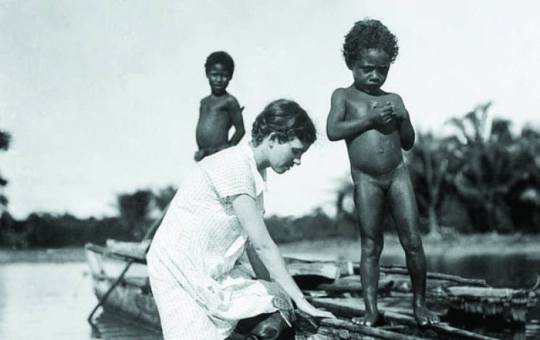
Photography Credit: Margaret Mead In The Admiralty Islands, 1929. Courtesy of The New York Times Archives.
via: Parabola Magazine on Tumblr
* * * *
"We are continually faced with great opportunities which are brilliantly disguised as unsolvable problems."
―Margaret Mead (December 16, 1901 – November 15, 1978), was an American cultural anthropologist.
40 notes
·
View notes
Text
Archaeology horror stories #6?
“Make sure you study hard so you don’t have to end up like them.”
As the (grand)parent says to the child standing next to a dig.
#archaeology#stereotypes#archaeology horror stories#archaeology stereotypes#history#historian#anthropology#anthropologist#paleontology#geography#indiana jones#study#fieldwork#field archaeologist#geophysics
44 notes
·
View notes
Photo
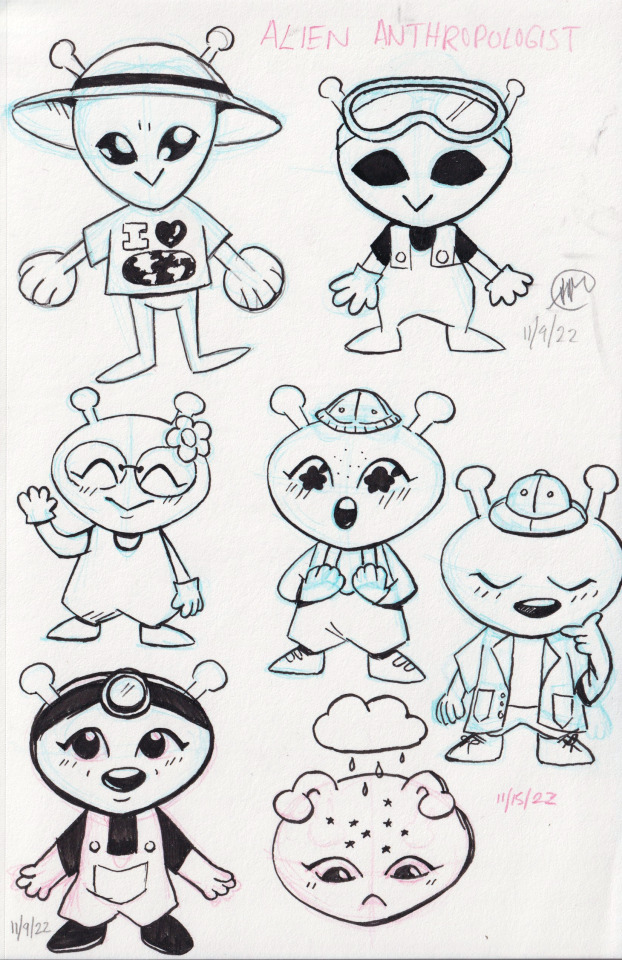






Concept sketches of an alien anthropologist character for a potential comic. 👽
They’re not always very accurate in their conclusions and can be very naive, but they love earth and humans earnestly.
#alien#anthropologist#Character Design#sketch#sketchbook#character concept#character art#concept art#character concept art#sketches#alien anthropologist#artists on tumblr
9 notes
·
View notes
Text
Why do we love...
Cleo Odzer
First we heard about Cleo Odzer at Vintage Groupies Live Journal, we were into 60s models, 60s actresses, 70s groupies... and when we saw Cleo, we thought she was just in between!! she was a 60s goupie, we never heard about her but we saw in her a big smile and a face full of joy and happiness.

[Photo of Cleo published in "Rock magazine", 30th August 1969]
At that post in Vintage Groupies Live Journal, there was a short biography about her, and when we read it, we thought that Cleo was very brave, independent and had a really interesting life: starting as a music columnist when she was 17, then working as a model, travelling by bus through Europe and ending living in Goa, India, being a drug seller and dealer, sent to prison in Goa, going back to New York, being clean, earning a Ph.D. in anthropology, going back to Goa...
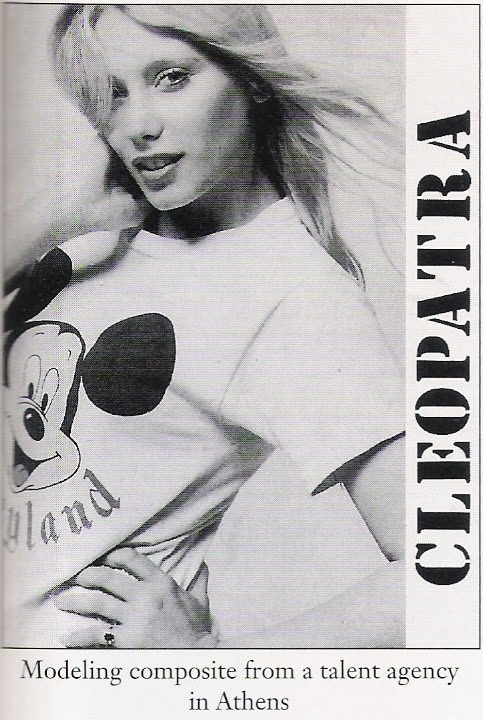
[Early 70s photo of Cleo modelling in Athens]
Reading that, and finding, as in many of our muses, there wasn't a proper site about her (well, it was her official site but the pics were very small and with a really bad quality), we decided to make a site for her on piczo... There, in that site, someone who met her, told us Cleo didn't die in Goa but she was murdered, as the entry was without name, we couldn't contact this person, but we decided to search for more information about her.

[Photo of Cleo taken in Goa between 1974-1979 when she was living there]
We found a Yahoo group done by Steve, this group had two rules: share whatever you have related to Cleo, but the pics from that group should be kept in that group... Why? Well, some of them were posted by some of her classmates and friends who shared some tidbits, but we felt sorry as on the internet there were just five photos of her and in poor quality...

[Cleo in Goa, screencap from documentary "The Last Hippie Standing"]
We saw there were some interviews, docs and clips about her at youtube so we decided to watch them to know more about her, and we decided to make some screencaps as well although the quality wasn't very good. We placed these screencaps at that group but the admin, this Steve told us he didn't want screencaps in his group, a las! as piczo didn't work anymore, we decided to place Cleo here just to make people aware of her existance, luckily we were sharing her and we saved all the photos from that yahoo group, as in time, that group disapeared as all yahoo groups did...

[1995 photo of Cleo published in her book "Goa Freaks"]
Cleo was also a very smart girl who was ahead of her time with the new technologies, and it's a pitty all her pictures must be kept secret when she, at the videos and at her website, shared everything she wanted with an open heart and an open mind...
We really hope more pictures of her surface on the net and nobody is afraid of sharing them, it's a way to keep her alive...
Today, for what would have been her 73rd birthday, we wanted to share with all of you, dear followers, how we knew about Cleo and what made us love her.
Here we share:
OUR BIOGRAPHY OF HER, WITH LINKS TO AMAZING SITES
HER POSTS IN OUR BLOG
HAPPY HEAVENLY BIRTHDAY ADVENTUROUS HAPPY GIRL - GONE BUT NEVER FORGOTTEN.
#Why do we love#Cleo Odzer#groupie#60s groupie#hippie#model#writer#music columnist#Ph.D#anthropologist#Happy Birthday#Happy Birthday!#Happy BDay#gone but not forgotten#Gone and never forgotten#links#sharing is caring#Goa#Goa Freaks#author#Carol Cookie Tandy#researcher#Keith Emerson
9 notes
·
View notes
Text

Patreon
#studyblr#notes#my notes#archaeology#archeology#anthropology#anthropology notes#archeology notes#archaeology notes#world archaeology#world archeology#history#historyblr#archaeologist#anthropologist#artifacts#artefacts#world history#prehistory#human history#human evolution#human prehistory#note cards#flashcards#flash cards
7 notes
·
View notes